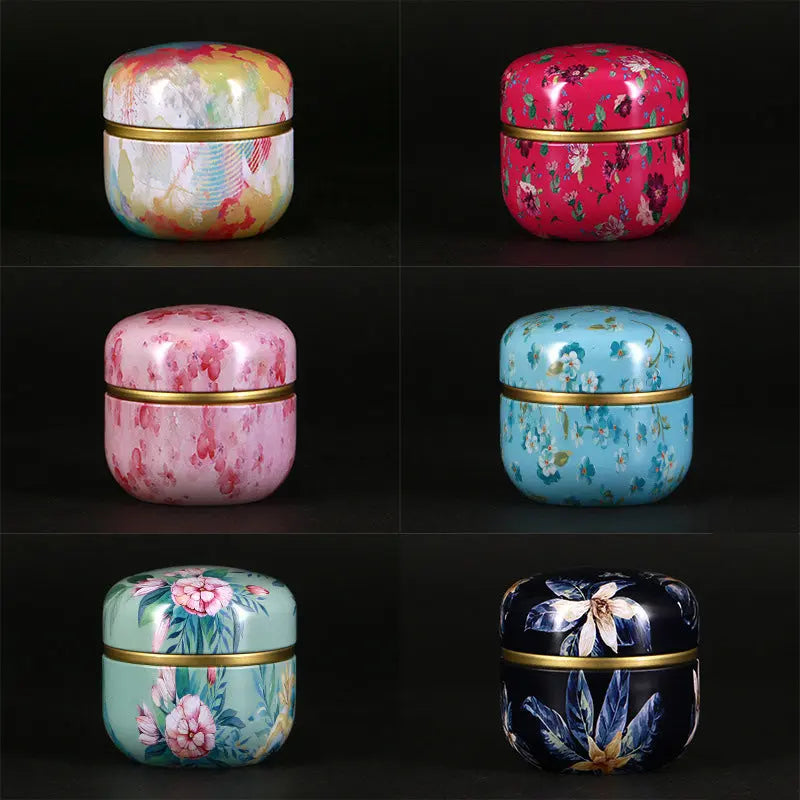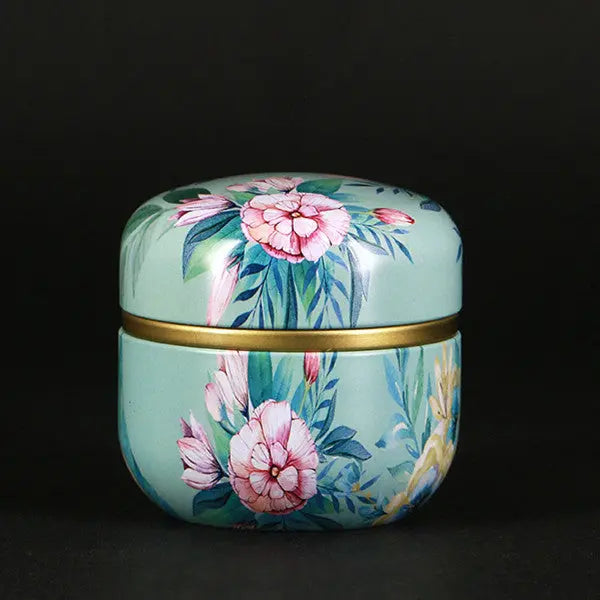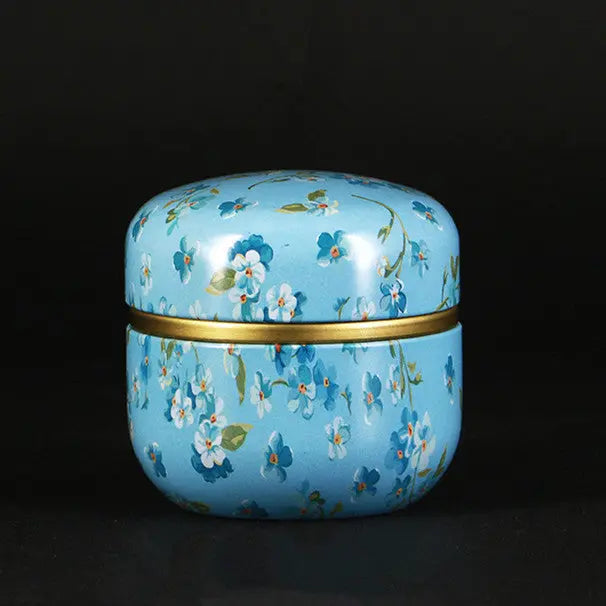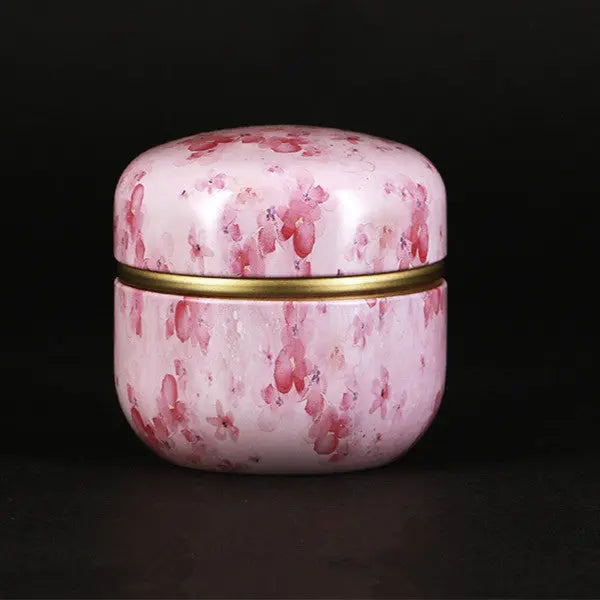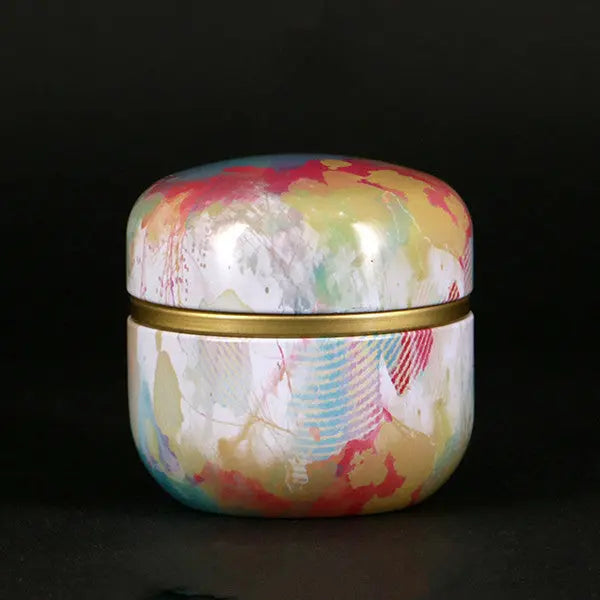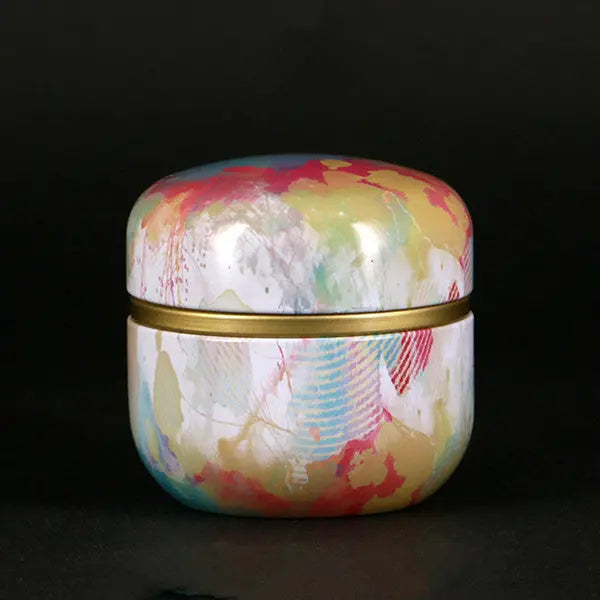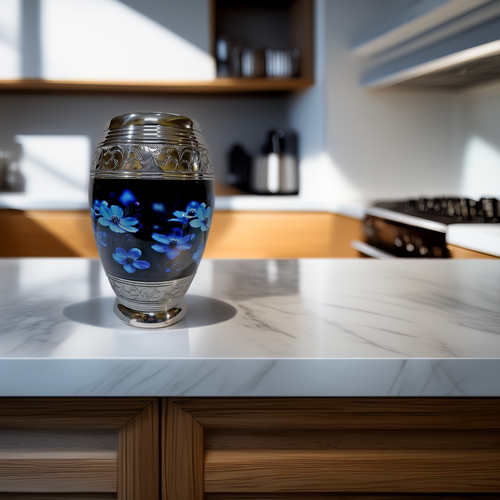1. "Understanding the Symbolism of Funeral Flowers"
Selecting and arranging flowers for a funeral is a delicate process. Flowers at a funeral not only represent an expression of love and respect for the deceased but also provide comfort and solace to the grieving family. They symbolize the celebration of life, the beauty of existence, and the fragility of life. This article will guide you through the process, offering valuable tips on how to arrange funeral flowers in a meaningful and respectful manner.
The Importance of Funeral Flowers
Recent studies have highlighted the psychological benefits of flowers, acknowledging their significant role in enhancing our emotional wellbeing. A study by Rutgers University, for instance, found that flowers have an immediate impact on happiness, a long-term positive effect on moods, and foster intimate connections. In the context of a funeral, flowers serve as a gentle reminder of these positive emotions amidst the sorrow.
Flowers also speak a language of their own, with different types and colors representing various sentiments. Understanding this language can help in arranging funeral flowers that best represent the life and spirit of the deceased.
Respecting Cultural and Personal Preferences
Choosing the right flowers for a funeral also requires a keen understanding of cultural and personal preferences. Different cultures attach varied meanings to flowers, and what is considered appropriate in one culture might not be in another. In the same vein, personal preferences of the deceased or their families should also be respected. Some people might prefer specific flowers or colors that held special meaning to them.
Practical Aspects of Arranging Funeral Flowers
While symbolism and respect for preferences is important, practical aspects such as budget, availability of flowers, and the setup of the funeral venue should also be considered. Balancing these aspects can be challenging, but with the right guidance and tips, you can arrange funeral flowers that are both meaningful and feasible.
In the following sections, we will delve deeper into the symbolism of different types of flowers, cultural considerations, practical tips for arranging funeral flowers, and more, to assist you in this delicate task. Whether you're a family member, friend, or a professional florist, this comprehensive guide will equip you with the knowledge and sensitivity required for arranging funeral flowers.
2. "Deciding on the Appropriate Floral Arrangement"
After understanding the symbolism of funeral flowers, the next step is to decide on the appropriate floral arrangement. This decision involves various factors such as the deceased's personality, their favorite flowers, and the message you want to convey.
The Deceased's Personality
The choices we make when arranging funeral flowers should reflect the deceased's personality and preferences. For instance, if they were a vibrant and cheerful person, a colorful bouquet could be a fitting tribute. Conversely, if they were more reserved, a simple, monochromatic arrangement might be more appropriate. As an illustration, in a recent funeral arrangement in Michigan, a family chose a vibrant arrangement of sunflowers and roses to honor their loved one's bright and lively spirit.
The Deceased's Favorite Flowers
Incorporating the deceased's favorite flowers into the arrangement can add a personal touch. A study by the Funeral and Memorial Information Council (FAMIC) found that personalization is increasingly important in funeral planning. This sentiment is echoed by funeral director, Emily Smith, who states, "Incorporating favorite flowers not only personalizes the arrangement, but it also brings comfort to the grieving family."
The Message You Want to Convey
The choice of flowers can convey a specific message. For example, lilies symbolize the restored innocence of the soul of the deceased, while roses express love and respect. According to a study by the American Psychological Association, such symbolic gestures can aid in the grieving process.
Practical Tips for Choosing Funeral Flowers
1. Consider the Size and Shape: The size and shape of the arrangement should be suitable for the funeral venue. For instance, a standing spray is often used in large venues, while a basket arrangement might be more suitable for a smaller setting.
2. Color Matters: The color of the flowers can set the tone of the funeral. Bright colors can celebrate the life lived, while pastel shades can express sympathy and respect.
3. Seasonal Flowers: Choosing flowers that are in season can be cost-effective and eco-friendly. Plus, they often look more vibrant and fresh.
In conclusion, deciding on the appropriate floral arrangement can be a deeply personal process, but by considering the deceased's personality, their favorite flowers, and the message you wish to convey, you can create a beautiful tribute that honors their memory.
3. Tips on Choosing the Right Colors for Funeral Flowers
After deciding on the appropriate floral arrangement, the next step is selecting the right colors for funeral flowers. Color plays a significant role in our lives. It can evoke emotions, convey messages, and even help in the healing process during a time of loss.
Symbolism of Colors
Understanding the symbolism of flower colors can guide you in making your selection. For instance, white often symbolizes purity, innocence, and peace. Red can express love and respect, while pink may denote love and grace. Blue flowers can represent tranquility and comfort, while yellow is commonly associated with friendship.
According to a 2013 study by the University of Kentucky, colors can significantly affect our mood and emotions. Therefore, carefully selecting the right color can provide comfort to the bereaved.
Anecdote: The Power of Color
There’s a story of a woman who lost her mother and received a bouquet of bright yellow sunflowers at the funeral. Sunflowers were her mother’s favorite, and their vibrant hue reminded her of her mother’s lively spirit. This simple but thoughtful gesture provided her with much-needed cheer during a difficult time.
A Practical Tip: Consider Personal Preferences
Do not feel confined by traditional color meanings. If you know the deceased had a favorite color or flower, it would be thoughtful to include these in the arrangement. Personal touches can make the flowers more meaningful and comforting.
Balance is Key
While deciding on colors, it's important to strike a balance. You want the arrangement to be comforting and not overwhelming. A mix of soothing colors, like blues and whites, with a pop of brighter hues can create a balanced and visually appealing bouquet.
Example: Harmonious Arrangement
Consider an arrangement of white lilies for their symbolism of restored innocence after death, combined with blue hydrangeas for peace, and a few red roses to express respect and love. This combination not only conveys meaningful messages but also looks visually harmonious.
Choosing the right colors for funeral flowers might seem challenging, but remember, the most important thing is the thought and care that goes into it. Your thoughtfulness will be a comforting presence during a difficult time. Don't shy away from asking your florist for advice—they have the experience and expertise to guide you.
4. How to Personalize Funeral Flower Arrangements
After understanding the importance and significance of color in funeral flowers from our previous section, let's delve into the more intimate aspect of arranging these flowers - personalization.
Reflecting the Deceased's Personality
Funeral flower arrangements can be an expression of the deceased's personality and interests. For example, if the departed person was a gardener or nature lover, incorporating their favorite flowers or plants into the arrangement can be a beautiful tribute. In the case of an avid reader, a book-themed arrangement with literary references could be a touching homage.
Symbolic Elements
Adding symbolic elements can also add depth to the arrangement. For example, roses are often used to symbolize love and respect. Lilies, on the other hand, are seen as representing the restored innocence of the soul of the deceased. Orchids are often associated with beauty, strength, and love. Understanding these symbolisms can help make the arrangement more meaningful.
Personal Touches
Personal touches can also include items that were significant to the deceased. For instance, if they were a musician, a small instrument or music notes could be incorporated into the arrangement. For a sports enthusiast, elements from their favorite sport or team could be included.
Collaborative Effort
Incorporating input from family and friends can make the arrangement more personal and meaningful. It can also be a therapeutic process for those grieving. A study by the American Psychological Association suggests that engaging in creative activities such as flower arranging can have therapeutic benefits and help in coping with loss.
Professional Help
While personalizing funeral flower arrangements can be a healing process, it may also be overwhelming for some. Don't hesitate to seek the help of professional florists who are experienced in creating personalized funeral flower arrangements. They can provide guidance and offer creative suggestions, ensuring the arrangement beautifully commemorates the life of the departed.
In conclusion, personalizing funeral flower arrangements can be a beautiful way to pay tribute to the life and interests of the deceased. It's about more than just flowers; it's about honoring and remembering a life well-lived. Remember, it's the thought, care, and love put into the arrangement that truly counts.
5. "The Etiquette of Sending Funeral Flowers"
While the selection and personalization of funeral flowers is important, understanding the etiquette of sending funeral flowers can ensure that your gesture is respectful and appropriate.
Understand the Cultural Norms
Different cultures and religions have specific customs and traditions associated with funerals and funeral flowers. For instance, while in many Western cultures, almost any type or color of flower is acceptable, in some Eastern cultures white or yellow chrysanthemums are the norm. It's vital to respect cultural norms to avoid unintentional offense. Research or ask someone knowledgeable about the specific customs of the deceased's culture or religion.
Timing is Crucial
The timing of sending funeral flowers can also carry significant meaning. According to a study by the Funeral Service Foundation, sending flowers immediately after hearing about the death is a common practice to express condolences. However, some prefer to send flowers to the funeral home to be displayed during the service. Either way, ensure the flowers arrive before the first visitation hours.
Respect the Wishes of the Bereaved
Some families may request donations to a charity in lieu of flowers. It's important to respect these wishes. You can still express your sympathy in a card or note.
Choose Appropriate Flowers
While roses and lilies are commonly associated with funerals, the choice of flower can often be deeply personal. For example, if the deceased loved sunflowers, it might be a heartfelt gesture to include them in the arrangement.
Include a Thoughtful Note
When sending funeral flowers, it's customary to include a card or note. This can express your sympathy, share a memory of the deceased, or offer words of comfort. Be sincere and heartfelt in your message.
In conclusion, the etiquette of sending funeral flowers involves a delicate balance of respecting cultural norms, timing your delivery appropriately, respecting the wishes of the bereaved, choosing appropriate flowers, and including a thoughtful note. By keeping these factors in mind, you can ensure your gesture of sympathy is received with gratitude and comfort.
6. "Making Your Flower Arrangement Last: Preservation Techniques"
After you've selected the perfect flowers and followed all the etiquette rules for sending funeral flowers, the next step is to ensure that your flower arrangement lasts. The life of the flowers can be extended through several preservation techniques. Here are some tips on how to preserve funeral flowers, so they can be a lasting tribute to your loved ones.
Preserving Fresh Flowers
One way to keep your flowers fresh for longer is by giving them proper care. According to a study by the University of Florida, keeping flowers in a cool, shady place can prolong their life. It's also crucial to change the water regularly and trim the stems to promote water absorption.
Anecdote: When Jane, a florist from New York, was asked about her secret to long-lasting flowers, she shared, "I always advise my clients to cut the stems under running water. This prevents air from entering the stem and blocking water absorption."
Drying Funeral Flowers
If you want to keep the flowers as a permanent keepsake, drying them is a great option. There are several methods to dry flowers, like hanging them upside down, pressing them, or using silica gel.
For instance, Mary from Texas shared her experience, "After my father's funeral, I dried a few roses from his wreath. I hung them upside down in a cool, dark place for a few weeks. Now, they're a beautiful reminder of him."
Flower Preservation Services
Finally, you might consider using professional flower preservation services. These companies use techniques like freeze-drying to maintain the flowers' original shape and color.
Research from the University of Nebraska-Lincoln suggests that professional preservation can result in higher-quality preserved flowers compared to DIY methods.
In conclusion, whether you decide to preserve the flowers yourself or hire a professional, these techniques can help you create a lasting memento of your loved one. Even as the flowers change form, they continue to symbolize your love and memories, serving as a tangible connection to your lost loved one.
7. Exploring Different Cultural Perspectives on Funeral Flowers
This article has explored the significance of funeral flowers, their arrangement and preservation techniques. However, it's essential to remember that the importance and types of flowers used at funerals can vary greatly depending on cultural traditions and personal preferences.
The Cultural Significance of Funeral Flowers
In many cultures, funeral flowers are not just decorations, but they carry deep symbolic meanings. For instance, in Japanese culture, white chrysanthemums are often used for funerals as they symbolize death and the afterlife. In contrast, red roses are commonly used in Western funerals to signify respect and love for the deceased.
According to a study by the Funeral Service Foundation, understanding the cultural significance of funeral flowers can help those in mourning to process their grief. Different cultures have unique ways of expressing their sorrow and remembrance through the use of flowers, thus making it a universal language of mourning.
Personal Preferences and Considerations
In addition to cultural considerations, personal preferences also play a crucial role in the selection and arrangement of funeral flowers. Some individuals may prefer certain types of flowers or colors that held a special meaning for the deceased.
As discussed earlier, various preservation techniques can be used to ensure these flowers last longer. Whether it's air drying, pressing, or using silica gel, the goal is to preserve the beauty and significance of these flowers for as long as possible.
Conclusion: A Universal Symbol of Mourning and Remembrance
In conclusion, while the types of flowers and their arrangement may vary, the symbolic importance of funeral flowers remains a constant. They serve as a visual expression of our grief, respect, and love for the departed.
Understanding different cultural perspectives on funeral flowers and considering personal preferences can add a layer of meaning and personalization to the mourning process. Likewise, preserving these flowers can serve as a tangible reminder of the deceased, helping us to hold onto their memory in a beautiful and poignant way.
So the next time you're tasked with arranging funeral flowers, remember that you're not just creating a floral arrangement. You're crafting a symbol of mourning, a tribute to a life lived, and a memorial that can endure long after the funeral service has ended.


